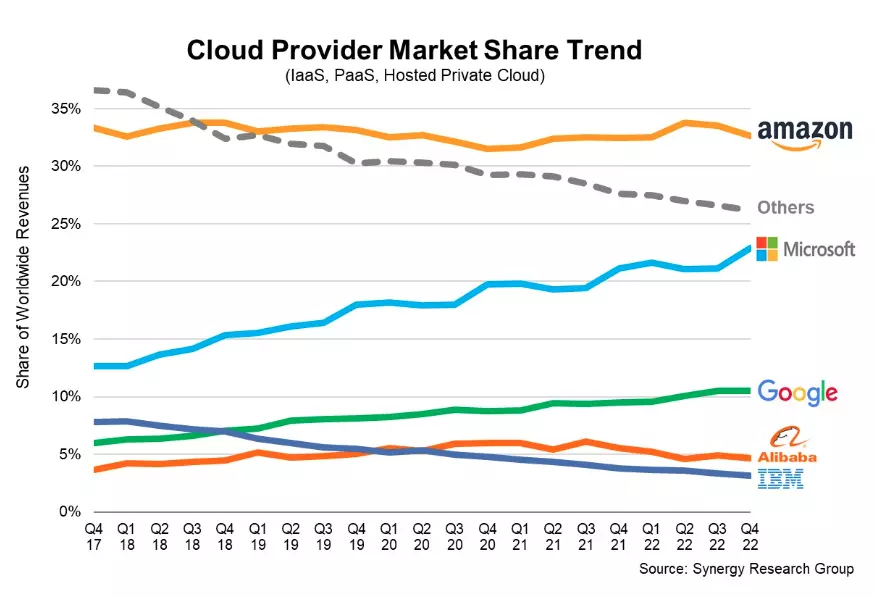Universal Cloud Service: Dependable and Reliable Solutions for Your Company
Universal Cloud Service: Dependable and Reliable Solutions for Your Company
Blog Article
Achieve Seamless Scalability With Cloud Services
In the ever-evolving landscape of cloud services, achieving seamless scalability stands as a cornerstone for modern-day organizations looking for to stay affordable and adaptable. The pursuit for smooth scalability with cloud services unveils a world of possibilities for those prepared to accept the transformative power of dynamic source administration.
Advantages of Cloud Scalability
Cloud scalability offers companies the flexibility to dynamically readjust resources based on demand, making sure optimum efficiency and cost performance. One crucial advantage is the capability to scale sources up or down rapidly in response to changing workloads. This dexterity allows businesses to meet transforming customer needs without over-provisioning sources, inevitably leading to cost savings. Scalability also boosts efficiency by making sure that systems can deal with increased traffic or workload without experiencing downtime or slowdowns. By effectively alloting sources, companies can preserve high degrees of efficiency throughout peak times without unnecessary expenditures throughout quieter durations. Additionally, cloud scalability promotes advancement and experimentation by permitting organizations to conveniently evaluate brand-new ideas and range them as needed. This flexibility encourages a culture of constant enhancement and adjustment, allowing organizations to remain competitive in a rapidly progressing market landscape. Ultimately, the benefits of cloud scalability expand beyond expense financial savings to include improved efficiency, agility, and innovation.
Key Functions for Scaling
Effective scaling in cloud solutions counts on crucial features that allow companies to readjust sources dynamically based upon demand. One important function for scaling is flexibility, enabling resources to scale up or down in feedback to varying workloads. This guarantees that companies can meet efficiency needs without over-provisioning resources. Another essential function is scalability, enabling systems to deal with enhanced workload by adding resources seamlessly. This function is critical for accommodating growth without jeopardizing performance. In addition, automation plays an important function in scaling by automating the provisioning and de-provisioning of resources based on predefined policies. Automation decreases human treatment, improves performance, and ensures rapid reaction to transforming needs. Surveillance and analytics tools are also crucial for scaling, offering understandings right into resource application, efficiency metrics, and possible bottlenecks. These tools make it possible for companies to make informed choices and optimize source allotment for reliable scaling. On the whole, these key features jointly empower organizations to achieve seamless scalability in cloud solutions.
Implementing Auto-Scaling Approaches
To properly optimize resource allowance and adapt to differing work, companies should purposefully execute auto-scaling approaches in their cloud services infrastructure. Auto-scaling allows systems to immediately change the variety of calculate sources based on real-time demand. There are various auto-scaling techniques that organizations can use, such as anticipating scaling, which uses historical information to forecast future resource needs, and reactive scaling, which responds to current workload modifications.

Ideal Practices for Scalability
For companies intending to boost their scalability in cloud solutions, applying ideal practices is essential for optimum efficiency and source monitoring. One trick finest practice is developing applications with a microservices architecture. This technique breaks down applications into smaller, independent services that can be deployed, upgraded, and look at this web-site scaled individually, permitting for better adaptability and scalability.
An additional essential practice is utilizing containerization innovation, such as Docker or Kubernetes. Containers allow the product packaging of applications and their dependencies right into isolated units, making it much easier to scale components independently and deploy them constantly across different atmospheres.
Furthermore, implementing automated release and facilities as code (IaC) can simplify scalability initiatives (linkdaddy cloud services). Automation devices like Terraform or Ansible aid in provisioning and handling sources efficiently, decreasing hands-on errors and enabling rapid scalability
Moreover, keeping track of efficiency metrics, setting up signals, and performing regular ability planning are vital techniques to make sure aggressive scalability management. By sticking to these ideal methods, organizations can accomplish smooth scalability in their cloud solutions while maximizing efficiency and source usage.
Monitoring Efficiency Metrics
When examining the efficiency of cloud solutions scalability, very closely keeping track of efficiency metrics is vital for making certain optimal functionality and source allocation. By continuously tracking essential efficiency indications (KPIs) such as response times, resource, throughput, and latency application, companies can get important insights into the health and wellness and performance of their cloud facilities. Keeping an eye why not check here on efficiency metrics enables the early discovery of potential bottlenecks or problems that might affect scalability, enabling aggressive steps to be required to resolve them before they escalate.

Conclusion
Finally, accomplishing smooth scalability with cloud solutions is necessary for companies to enhance performance, improve advancement, and preserve high performance degrees during peak times. By leveraging the advantages of cloud scalability, applying auto-scaling strategies, utilizing crucial attributes such as elasticity and automation, and complying with ideal techniques like application style and efficiency tracking, companies can efficiently scale their systems while making the most of resource use and performance.
The mission for smooth scalability with cloud solutions unveils a world of opportunities click this site for those willing to embrace the transformative power of dynamic source administration.
Cloud scalability provides companies the versatility to dynamically change resources based on demand, ensuring optimum efficiency and expense performance. One more key function is scalability, making it possible for systems to manage increased work by including resources flawlessly.For companies aiming to boost their scalability in cloud services, carrying out finest techniques is critical for optimal efficiency and source administration.When analyzing the effectiveness of cloud solutions scalability, closely monitoring efficiency metrics is important for making certain optimal functionality and source allocation.
Report this page